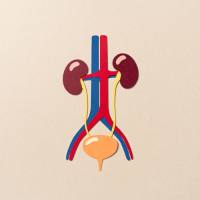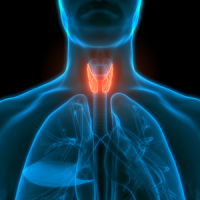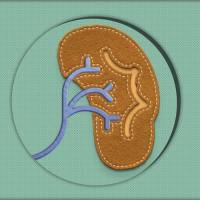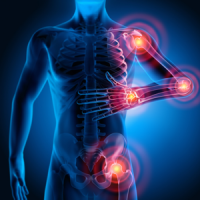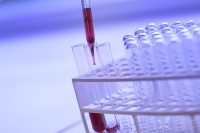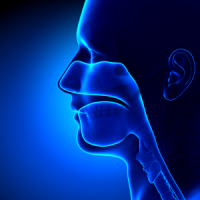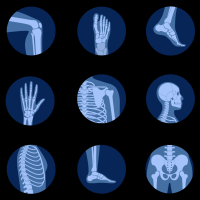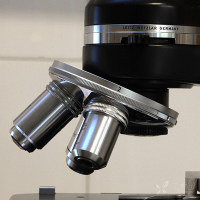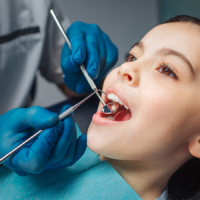【进展】小动物PET技术在在肿瘤学研究中的文献
© 2007 by Society of Nuclear Medicine
doi: 10.2967/jnumed.106.036608
--------------------------------------------------------------------------------
Basic Science Investigation
Reproducibility of 18F-FDG microPET Studies in Mouse Tumor Xenografts
Mangal Dandekar*,1, Jeffrey R. Tseng*,1 and Sanjiv S. Gambhir1,2
1 Department of Radiology and the Bio-X Program, Stanford University School of Medicine, Stanford, California; and 2 Department of Bioengineering, Stanford University, Stanford, California
Correspondence: For correspondence contact: Sanjiv S. Gambhir, MD, PhD, The James H. Clark Center, 318 Campus Dr., East Wing, 1st Floor, Stanford, CA 94305-5427. E-mail: sgambhir@stanford.edu
18F-FDG has been used to image mouse xenograft models with small-animal PET for therapy response. However, the reproducibility of serial scans has not been determined. The purpose of this study was to determine the reproducibility of 18F-FDG small-animal PET studies. Methods: Mouse tumor xenografts were formed with B16F10 murine melanoma cells. A 7-min small-animal PET scan was performed 1 h after a 3.7- to 7.4-MBq 18F-FDG injection via the tail vein. A second small-animal PET scan was performed 6 h later after reinjection of 18F-FDG. Twenty-five sets of studies were performed. Mean injected dose per gram (%ID/g) values were calculated from tumor regions of interest. The coefficient of variation (COV) from studies performed on the same day was calculated to determine the reproducibility. Activity from the second scans performed after 6 h were adjusted by subtracting the estimated residual activity from the first 18F-FDG injection. For 7 datasets, an additional scan immediately before the second injection was performed, and residual activity from this additional delayed scan was subtracted from the activity of the second injection. COVs of both subtraction methods were compared. Blood glucose values were measured at the time of injection and used to correct the %ID/g values. Results: The COV for the mean %ID/g between 18F-FDG small-animal PET scans performed on the same day 6 h apart was 15.4% ± 12.6%. The delayed scan subtraction method did not produce any significant change in the COV. Blood glucose correction increased the COV. The injected dose, tumor size, and body weight did not appear to contribute to the variability of the scans. Conclusion: 18F-FDG small-animal PET mouse xenograft studies were reproducible with moderately low variability. Therefore, serial small-animal PET studies may be performed with reasonable accuracy to measure tumor response to therapy.







